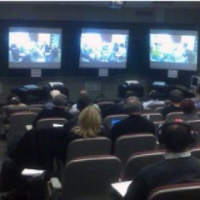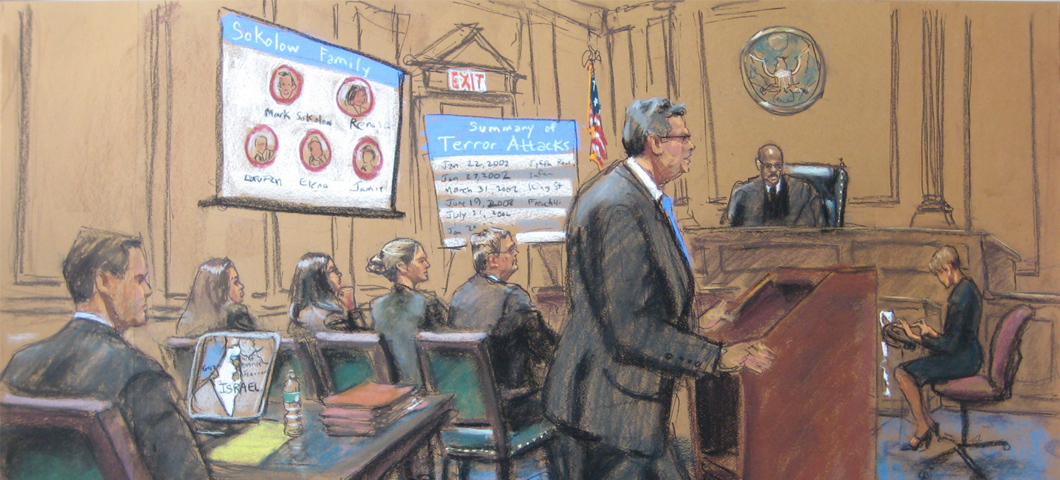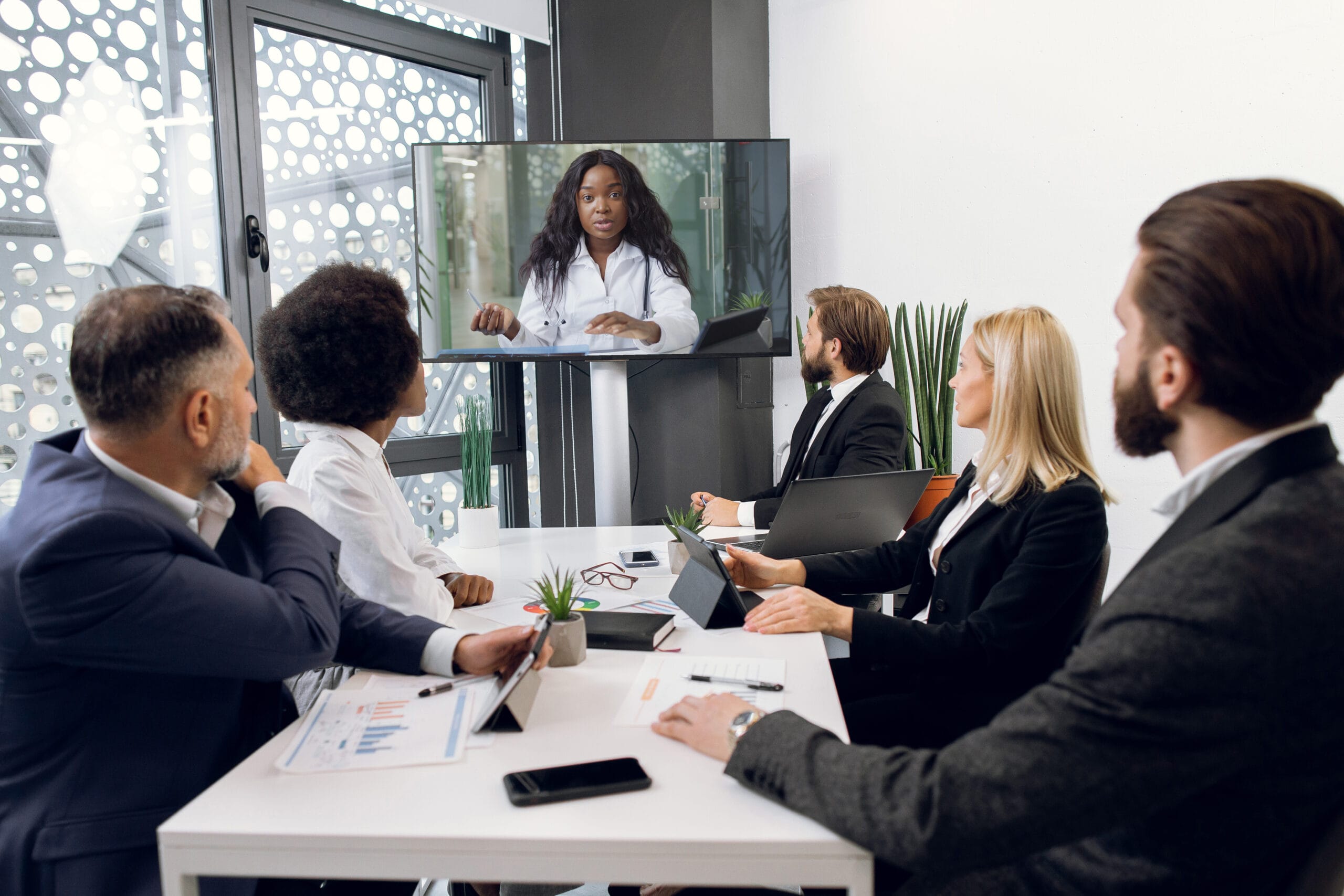Key Strategies for Creating Winning Trial Presentations in Court
Key Strategies for Creating Winning Trial Presentations in Court
Blog Article
The Power of Visuals in Test Presentations for a Winning Disagreement
The combination of visuals in test discussions has actually emerged as an important aspect in successfully communicating complicated disagreements to jurors. By utilizing numerous types of aesthetic aids-- be it diagrams, photographs, or animations-- attorneys can boost understanding and retention, ultimately forming the jury's understanding of the case.
Value of Visuals in Trials
In many legal setups, visuals play a vital duty in improving the efficiency of trial discussions. The combination of aesthetic aspects can dramatically influence jurors' understanding and retention of complicated info, thus shaping their understandings and decisions. Visuals, such as graphes, diagrams, and pictures, can streamline elaborate narratives, making them extra easily accessible and compelling.
Moreover, the human mind processes aesthetic info much more successfully than text, which underscores the relevance of integrating visuals right into lawful arguments. By converting dense lawful concepts right into visual layouts, attorneys can promote clearer interaction, guaranteeing that bottom lines are not overlooked throughout trials.
Furthermore, visuals offer to engage jurors on a psychological level, cultivating a connection to the situation that words alone might stop working to attain. The tactical use visuals can evoke empathy, motivating jurors to consider the human facets of the case.
Eventually, the relevance of visuals in trials hinges on their capacity to enhance clearness, boost juror engagement, and strengthen the story existing. This potent mix is important for crafting convincing debates that resonate with jurors and influence the result of lawful proceedings.
Sorts Of Visuals to Utilize
Reliable test presentations can significantly gain from a variety of visual tools that provide to various facets of the case. trial presentations. Using representations and graphes can properly damage down complex information, making it much more absorbable for jurors. Flowcharts can illustrate the sequence of events, while bar graphs may succinctly compare appropriate data points.

Animations and simulations can additionally play an essential duty, specifically in cases including technological data or intricate situations. These visuals can dynamically stand for procedures or actions, offering clearness and involvement that fixed images may not accomplish.
Furthermore, infographics combine text and visuals to summarize important info efficiently. They can provide timelines, stats, and considerable case points in a visually appealing manner, making it easier for jurors to adhere to the debate.
Enhancing Understanding and Retention

Enhancing comprehension and retention during test presentations is important for guaranteeing that jurors grasp the essential components of a situation. Visual help work as powerful devices in this respect, translating intricate info into conveniently absorbable formats. By making use of charts, diagrams, and infographics, lawyers can simplify intricate information and highlight vital points that may or else be neglected.
Researches have revealed that individuals retain details considerably much better when it is provided aesthetically. This is especially relevant in a test setting, where jurors might be overwhelmed by the volume of proof and statement. By purposefully integrating visuals, lawyers can direct jurors' focus to the most vital aspects of the situation, reinforcing their understanding and memory of the material offered.

Producing Engaging Discussions
Captivating jurors' interest throughout trial discussions is important for sharing a compelling story. Engaging presentations utilize visual components to create an unforgettable experience that reverberates with jurors. The tactical use graphics, animations, and video clips can elucidate complicated details, making it much more obtainable and relatable.

In addition, incorporating narration techniques can boost engagement. Offering evidence in a rational sequence that develops sob story permits jurors to connect with the product on a personal level. Diverse presentation styles, such as incorporating short video or interactive aspects, can likewise receive passion and attention throughout the test.
Ultimately, an appealing discussion fosters a much more extensive understanding of the case, allowing jurors to much better value the arguments being offered and leading to a much more desirable outcome.
Study and Success Stories
Countless study highlight the substantial influence of visuals in trial presentations, demonstrating their capability to affect juror assumptions and eventually the outcomes of cases. A notable case involving a personal injury claim illustrated how the use of a 3D animation of find the accident scene clarified complex details. Jurors reported feeling more informed and empathetic, significantly swaying their decision for the complainant.
In an a knockout post additional circumstances, a company lawsuits situation used infographics to present financial information and timelines, making detailed details obtainable. The aesthetic representation enabled jurors to grasp the subtleties of the instance better than verbal explanations alone. trial presentations. Consequently, the court returned a decision that exceeded the client's assumptions
Additionally, a criminal defense case used photos and video proof to develop an alibi. The compelling visuals not just assisted in creating uncertainty yet likewise reverberated psychologically with jurors, resulting in an acquittal. These success tales highlight the necessity of incorporating visuals into test presentations, as they boost understanding, retention, and eventually, the persuasive power of lawful disagreements. The strategic use visuals is undoubtedly transforming the landscape of test advocacy.
Conclusion
In verdict, the strategic incorporation of visuals in trial discussions substantially boosts jurors' understanding and retention of complex information. Engaging presentations, supported by compelling situation research studies, show the extensive influence that visuals can have on influential interaction.
Report this page